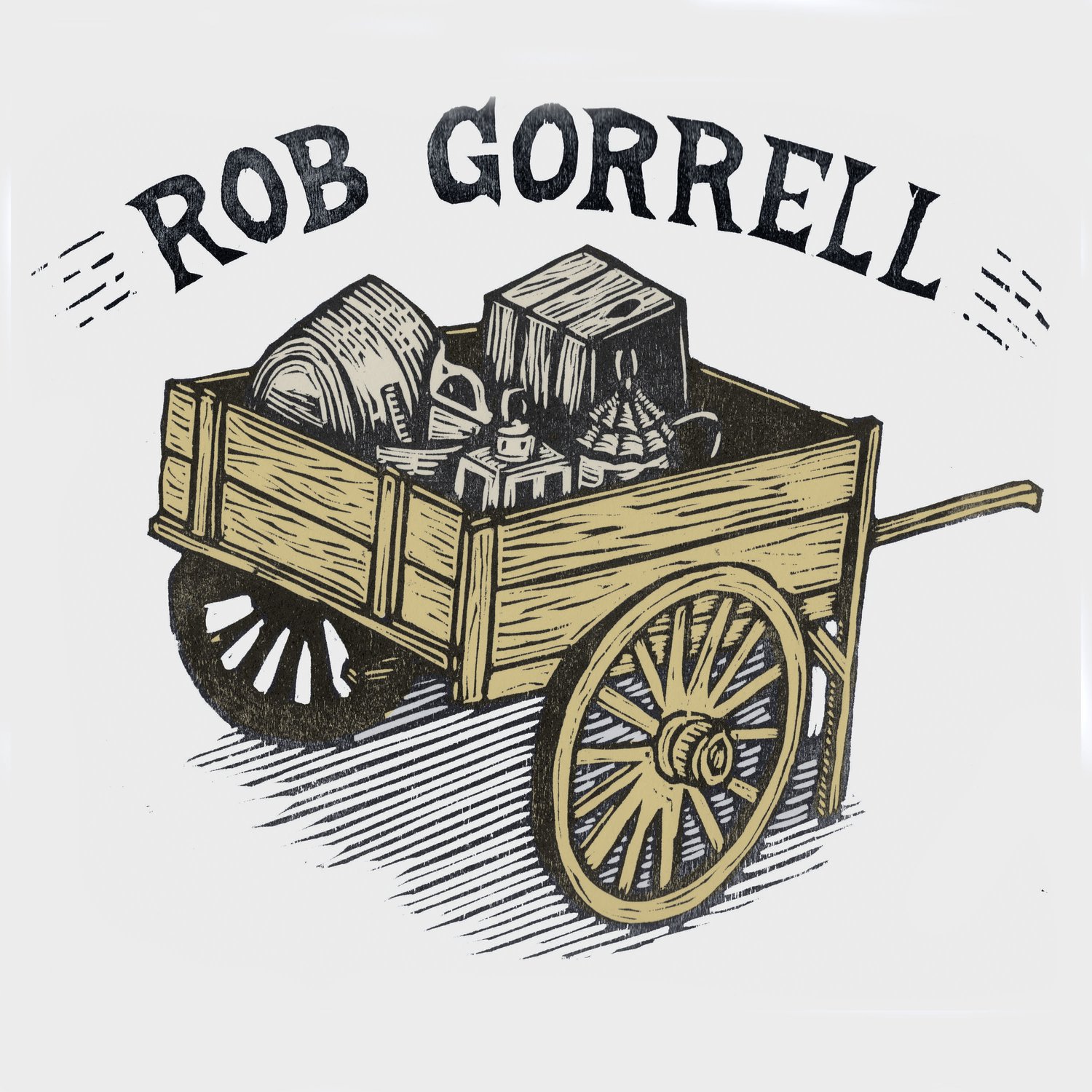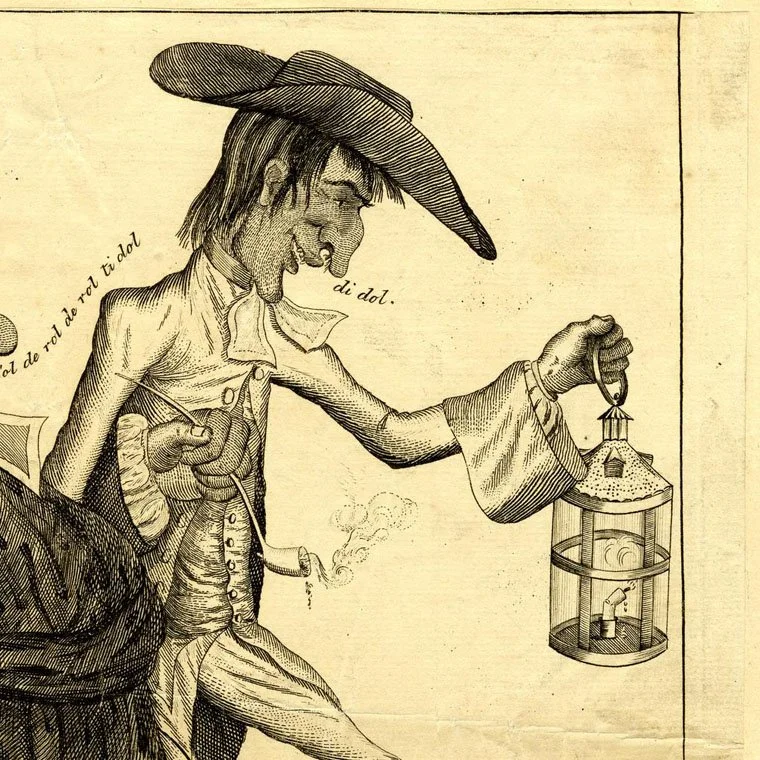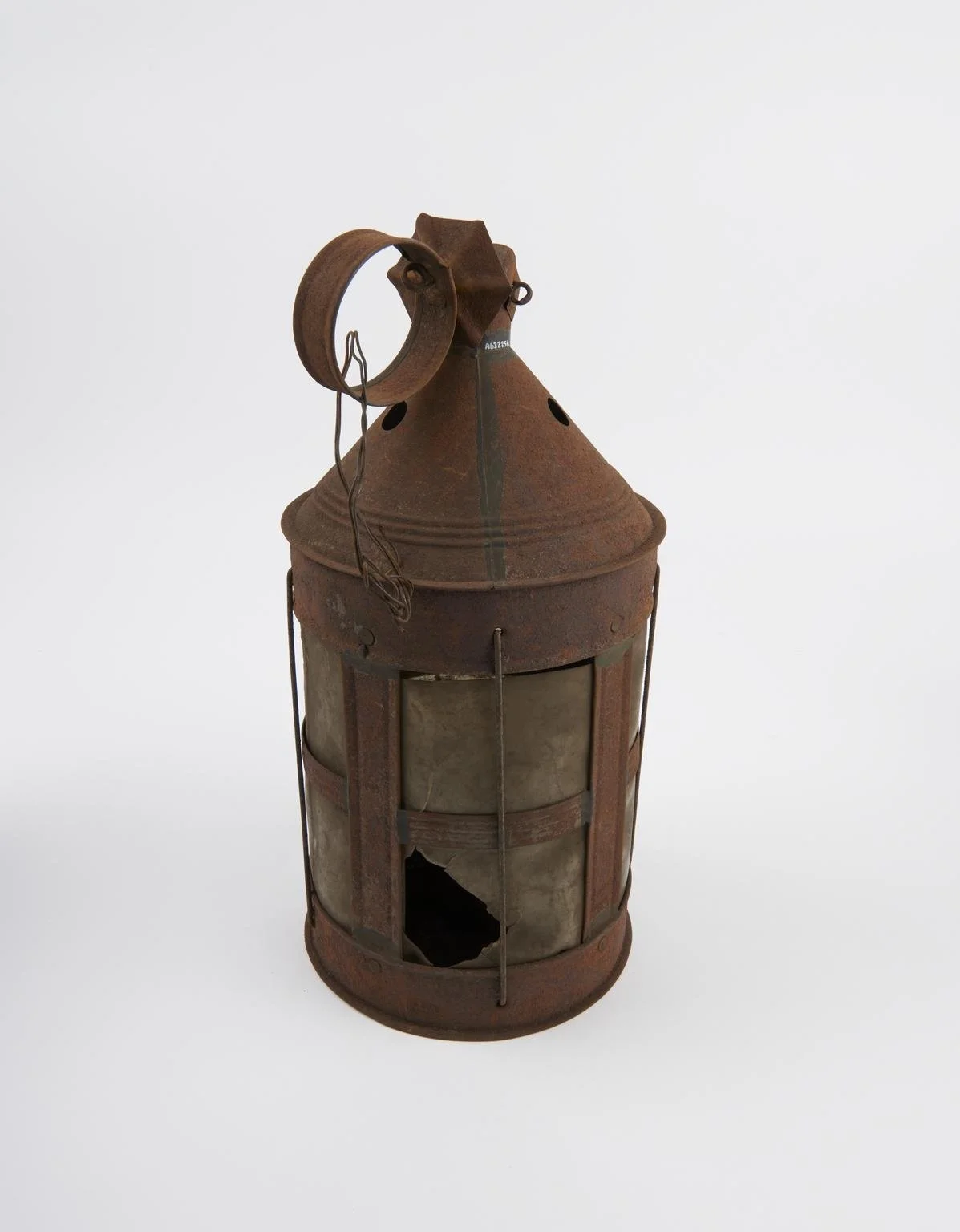Early 19th Century Tin Lanterns.
Today, we are continuing to look at the development of traditional tin lanterns and how they have developed over time. I find it interesting to look at how the availability of new tools and materials changed over time and how they affected what tinners could make and sell.
By the early 19th century, lanterns were being factory-made, and tinsmith shops were open all across the US. Tinplate was being sold by the box, and by the mid-19th century, rotary tools such as the burring and wiring machines were available, which sped up production. It became easier for tinsmiths to leave the eastern cities and set up shop further west. We will discuss the tools in future posts.
According to Caspall, the rounded or pointed roof dormers became more common in this period. Round cylindrical chimneys at the top of the roof cones and fluted heat deflectors were used at the top to allow the heat and gases to escape more easily. Also, carrying rings had changed from the round wire rings to flat rings made from strips of tinplate. Glass was becoming more common and glass panes in lanterns became more common. At the same time that glass prices were coming down, demand for horn buckles, buttons, and other horn items increased, making horn lantern panes less of a priority. (Caspall, 235).
If we take another look at how tin lanterns have been depicted in period art, we see again that there were not necessarily hard and fast rules for what was or was not available. For example, where Caspall talked about dormers becoming more common in the early 19th century, here is an image of a round tin lantern with transparent panes and dormers in a drawing from 1782. I am not sure what the earliest images of dormers are, but I have many images of lanterns dated after the turn of the 19th century that do NOT have dormers. I can say from experience that the devils are hard to cut out and get to fit against the tin cones, and understand why they were not universal.
This image of a round tin lantern with horn panes with a side carrying handle is a detail from “Heigho! Says Thimble”, by G. Coleman and is dated 1809. The image is from the Lewis Walpole Library collection. Hand lanterns similar to this were used into the early 20th century also.
A more recent image of a simple round tin lantern with horn panes on no top dormers is dated to 1890-1920 by the Science Museum Group, Sir Henry Welcome’s Museum Collection, Object #A632256. This classic form is depicted in images from the 1500’s clear through the 20th century, making it an ideal lantern for multi-period reenacting.
So, it gets messy when someone asks me what lantern is correct for a particular time period. There are a wide variety of styles depicted in artwork in overlapping time periods, and what a lantern looked like in 1720 is pretty similar to what a tin lantern could have looked like in 1630 or 1820. In future posts I hope to start posting a mess of images I have collected, chronologically, so that you can see how there were so many more options available at the time than what is being carried and used at living history events and in museum exhibits today.
Each time I write one of these short posts I realize that I am leaving out rabbit-hole-inducing reading and study areas that need to be looked at again. So I will continue to try to chip away at it and post more bits as we go.



